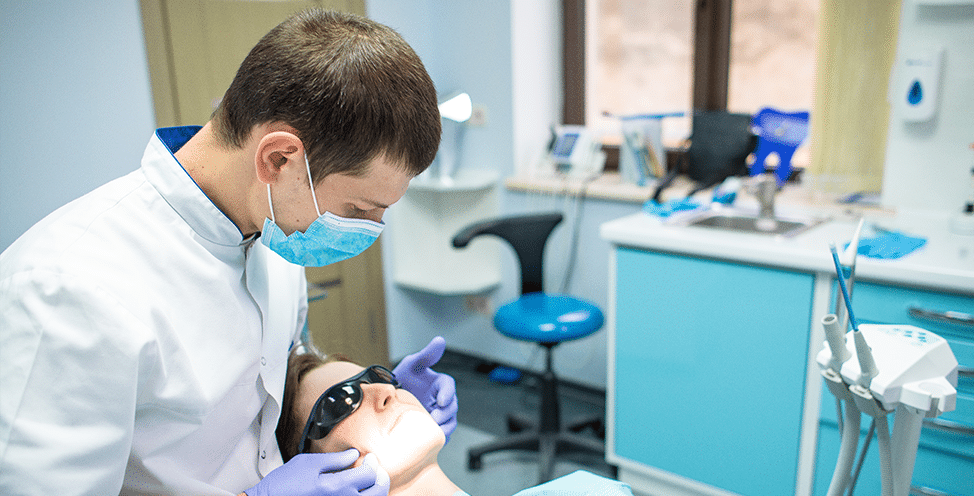
Most people postpone visiting a dentist as long as possible. As a result, one or more teeth can not be saved despite all the effort.
Make an appointment by phone: 098-508-04-36
Apart from the obvious esthetic defect, absence of teeth leads to a number of problems, including impaired chewing (which affects the whole digestive tract), alteration of the whole dentition resulting from shift of the remaining teeth, facial deformity, muscle atrophy, and phonation changes. Defects left after loss of a tooth can be filled in using removable or non-removable prosthetic devices, or by dental implantation.
Our center offers all types of advanced prosthetic treatment:
– Composite and ceramic micro-prosthetics
– Inlays (one-piece and multi-piece for multi-root teeth
– Metal-ceramic devices, such as crowns, bridges, including those made of precious metals
– Metal-free ceramics: bridge prosthetics, crowns, veneers, inlays
– Removable plate prosthetics, made of hypoallergic plastic, with artificial teeth (H. KULZER)
– Removable place prosthetics for adentia (absence of teeth), manufactured using the VIVADENT technique
More details on each type of prosthetics can be found under the Papers link at the bottom of this page.
An orthopedist’s primary task is to pick the orthopedic device (a crown or a prosthetic), which will not only replace the missing teeth or dental tissues, but make the replacement comfortable and unnoticeable to the patient.
Quality of prosthetic treatment depends on the correct choice of the device and its quality, eventually depending on the technician, and on the equipment available at the dental lab. Errors may have dramatic consequences, including loosening and loss of healthy teeth.
That is why it is important to have prosthetic treatment performed at a high class clinic, staffed with qualified doctors and technicians, and with a well equipped dental lab available.


